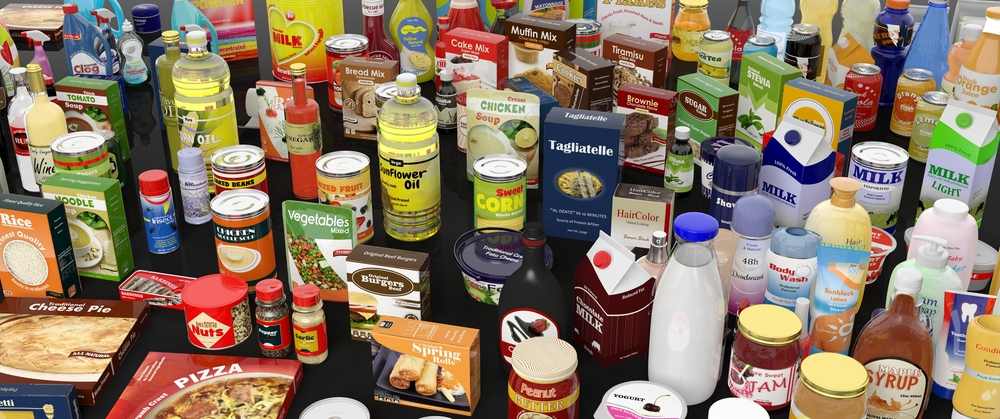Food & Beverage Packaging: How to Choose the Best Materials
A brand’s product packaging is a strategic asset in the food and beverage industry. Beyond mere functionality, the materials your business chooses play a pivotal role in preserving the essence of your products while making them stand out from the competition.
Key considerations arise when selecting the right materials to enhance both the practical and visual aspects of your packaging. This article will discuss the factors to consider when choosing your food and beverage packaging materials.
How to Choose the Best Food and Beverage Packaging
When deciding on the most suitable packaging materials for food and beverage products, businesses need to consider a variety of factors to make well-informed choices.
Durability
Assess the robustness of materials concerning factors like moisture, temperature variations, and physical stress during transportation. For food, packaging materials like vacuum-sealed pouches or compostable trays can ensure freshness and prevent spoilage. In contrast, beverages benefit from durable options such as PCR plastic bottles or aluminum cans, protecting them from external elements.
Aesthetic appeal
Recognize the significance of visual elements that convey your brand identity effectively. Striking a balance between visual attractiveness and practicality is crucial. One of the best food packaging materials used today is stand-up pouches with vibrant graphics that can enhance shelf appeal, while sleek and innovative designs for beverage cans contribute to a modern and appealing presentation.
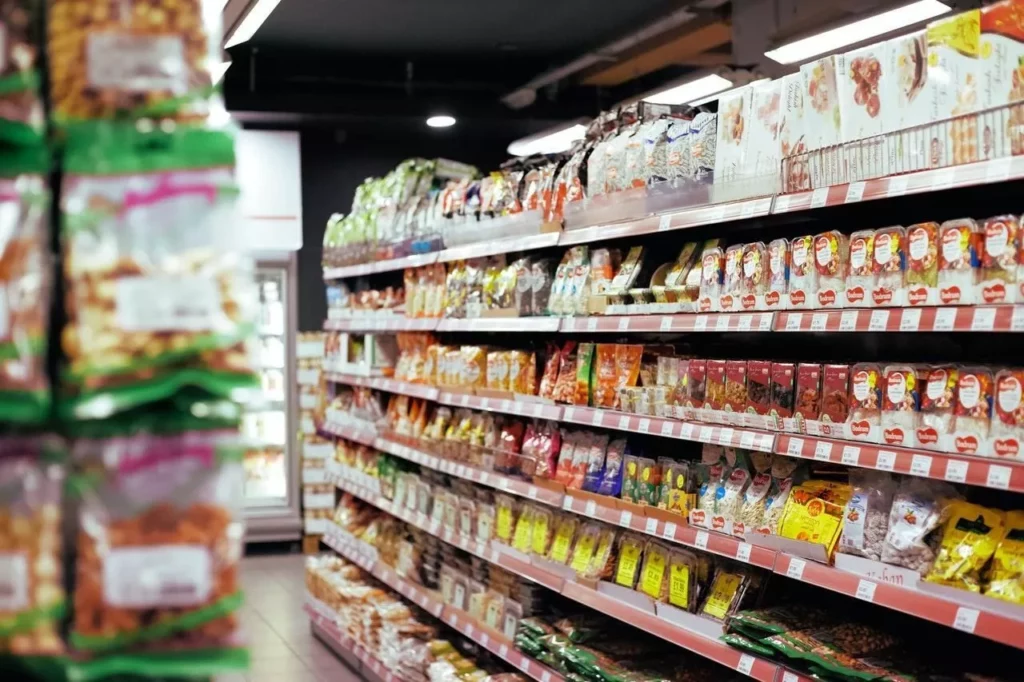
Sustainability
Evaluate the environmental impact of packaging materials for both food and beverage items. Opt for options that are renewable, biodegradable, or recyclable. For instance, consider food packaging made from plant-based materials such as bioplastics, or recyclable glass or aluminum for beverages. These align your brand with eco-conscious consumer preferences and demonstrate a commitment to environmental responsibility.
The right trade-offs
Prioritize sustainability without compromising functionality for food and drink packaging materials. Optimize designs to minimize material usage while maintaining structural integrity. For example, choosing a minimalist and eco-friendly cardboard box for snack packaging or adopting lightweight, eco-conscious labels for beverage bottles achieves that desired balance.
Brand values
Ensure that your chosen materials align with your brand’s values and resonate with your target audience. The packaging should tell a compelling story about your commitment to quality, sustainability, and overall brand integrity. Consider using bio-based materials for food containers and incorporating recycled content in beverage packaging to showcase your dedication to environmental responsibility.
5 Best Food and Beverage Packaging Materials to Consider
Choosing the right packaging materials is pivotal for preserving the quality of your food and beverage products. The selection process involves weighing factors such as sustainability, functionality, and visual appeal. Here are five top-notch materials suitable for the food and beverage industry.
1. Biodegradable materials
Biodegradable packaging materials have become an integral component in reshaping the industry’s impact on the planet. These resonate with the overarching goals of creating a circular economy, one where packaging materials harmonize with the environment rather than burden it.
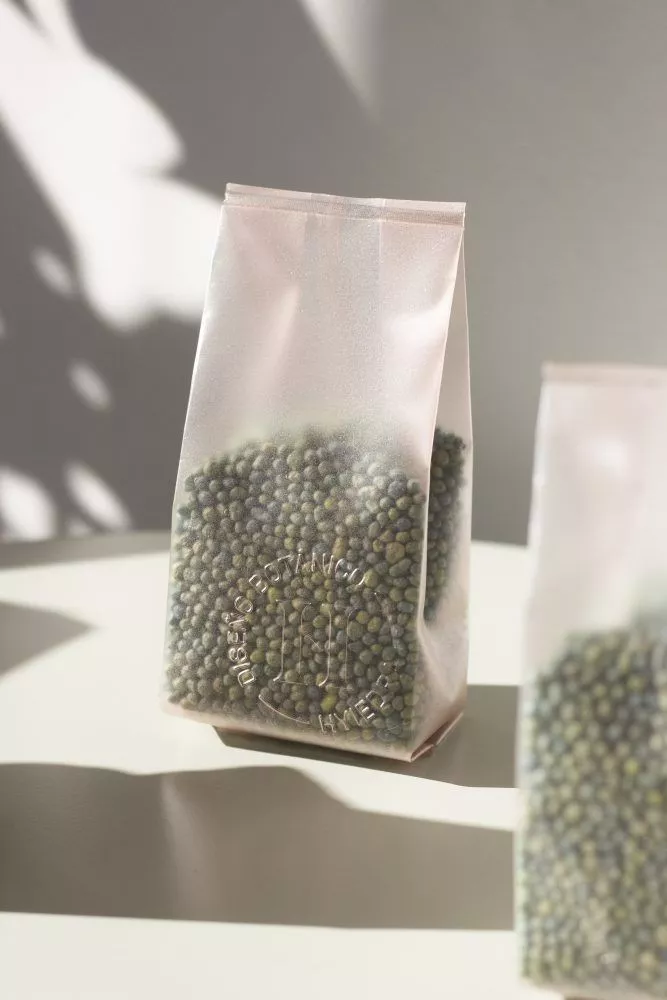
A common type of biodegradable packaging, bioplastics, is a polymer derived from biological sources as opposed to conventional plastics that rely on fossil fuels. These materials can be either biobased, biodegradable, or a combination of both.
Companies such as Coca-Cola are adopting these materials for their products. Their PlantBottle technology incorporates sugarcane-derived polyethylene in PET bottles. This move has contributed to the company’s carbon footprint reduction.
2. Compostable materials
Packaging made from compostable materials, such as bagasse, bamboo, molded pulp, or mushroom mycelium, provides an environmentally friendly alternative to conventional packaging. These materials break down naturally and can be composted alongside organic waste.
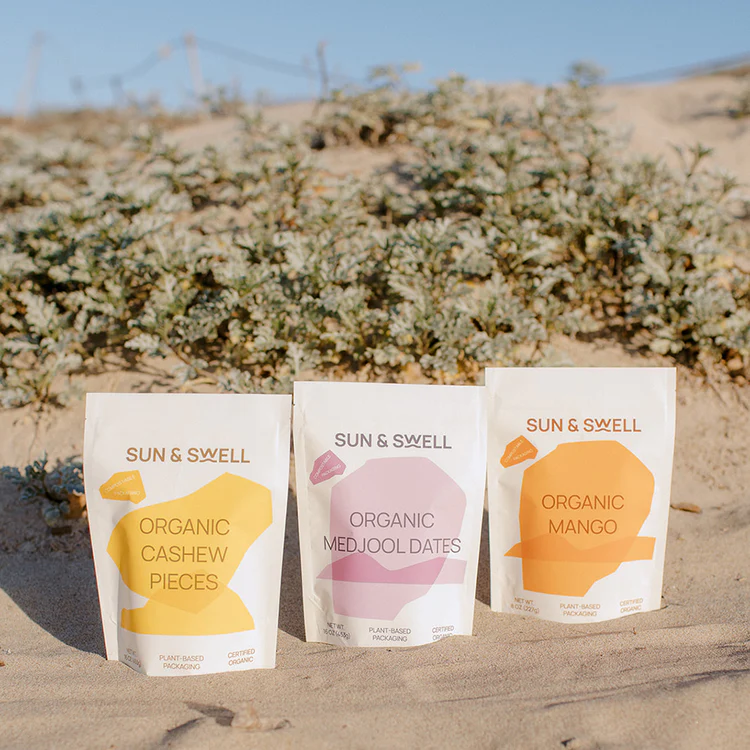
In the food sector, food containers made from compostable paper are sturdy and practical while reducing the environmental impact associated with conventional plastic containers. Similarly, compostable cardboard trays are employed for packaging fruits, vegetables, and other perishable items, providing a sustainable solution for short shelf-life products.
3. Glass
Glass is a timeless packaging option for both food and beverages. It’s an ideal material for eco-friendly beverage packaging due to its recyclability without loss of quality and durability. Glass bottles are suitable for products requiring UV protection, such as craft beers. Glass jars for sauces or condiments in the food industry convey a premium image and preserve the product’s taste.
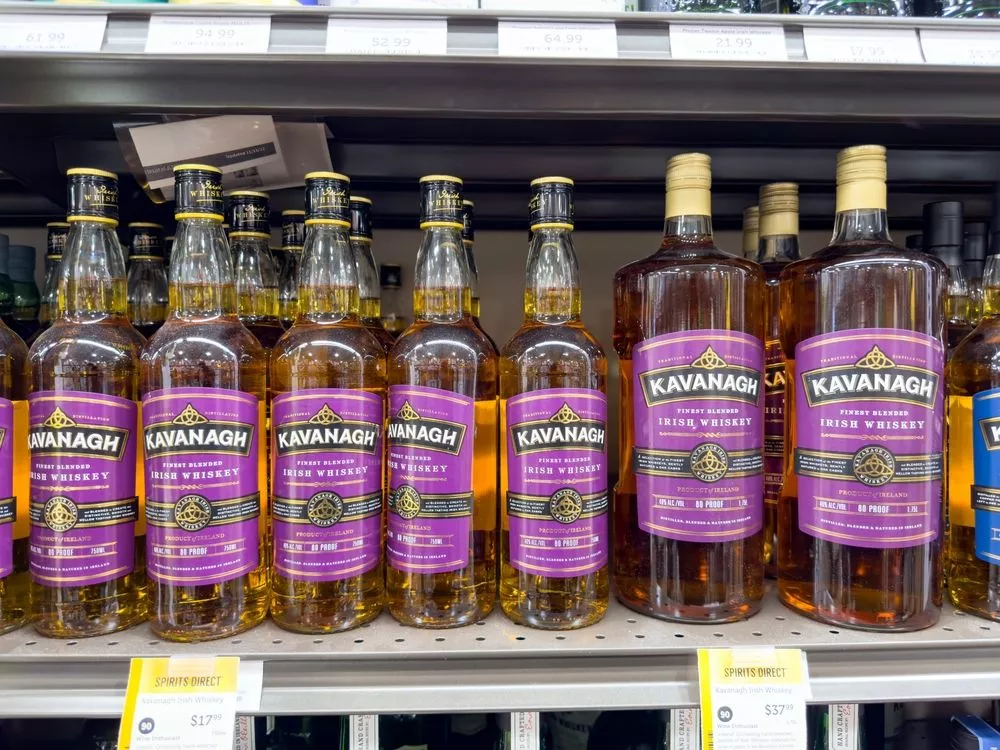
Glass packaging is also easy to clean and transportable, making it appealing to consumers. More importantly, glass packaging can be discarded with minimal negative environmental impact. It contributes to a circular economy by facilitating endless recycling without compromising the integrity of the material.
4. Paperboard
Paperboard is another versatile option. Typically derived from post-consumer waste or recycled fibers, paperboard packaging can contribute to a closed-loop system, leading to better conservation of natural resources.
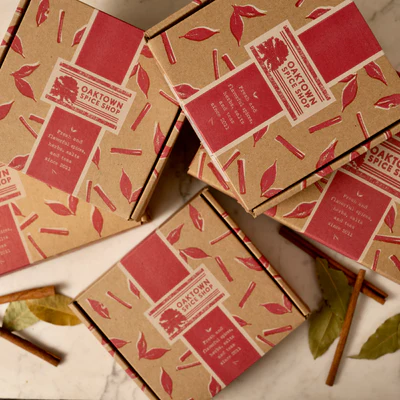
Folding cartons are commonly used in the food industry, providing excellent printability and customization for branding and product information. Beverage cartons with plant-based or water-based coatings serve as eco-friendly alternatives to plastic bottles. They’re lightweight, recyclable, and often come with high renewable content.
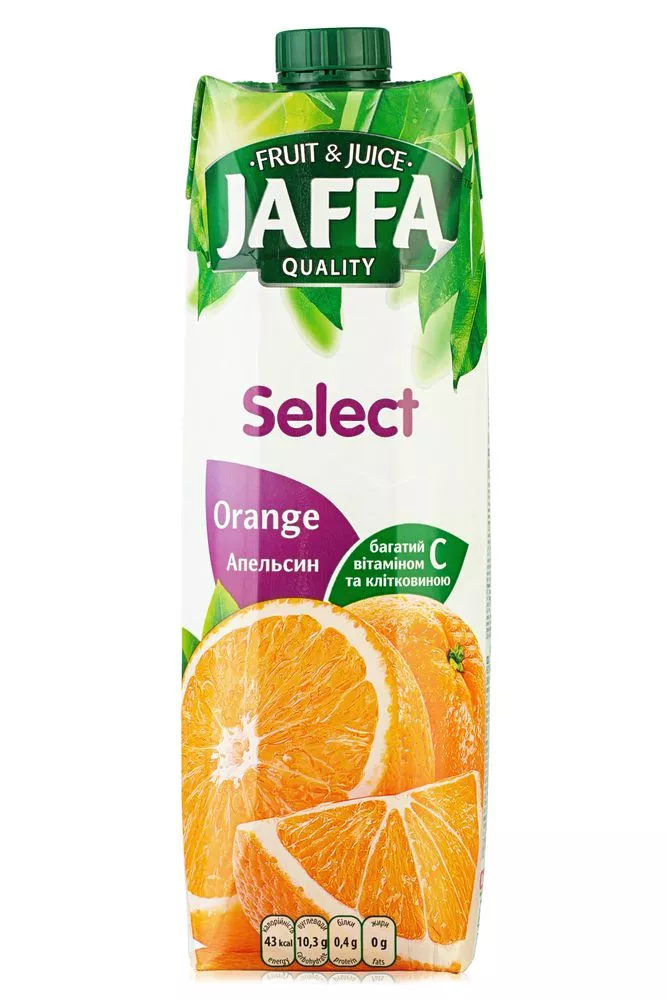
5. Metal
Metal packaging materials are versatile and suitable for both food and beverages. Aluminum, in particular, is known for its high recyclability, energy efficiency, and versatility without compromising quality. It contributes to a closed-loop recycling system, while its lightweight nature reduces transportation-related emissions.
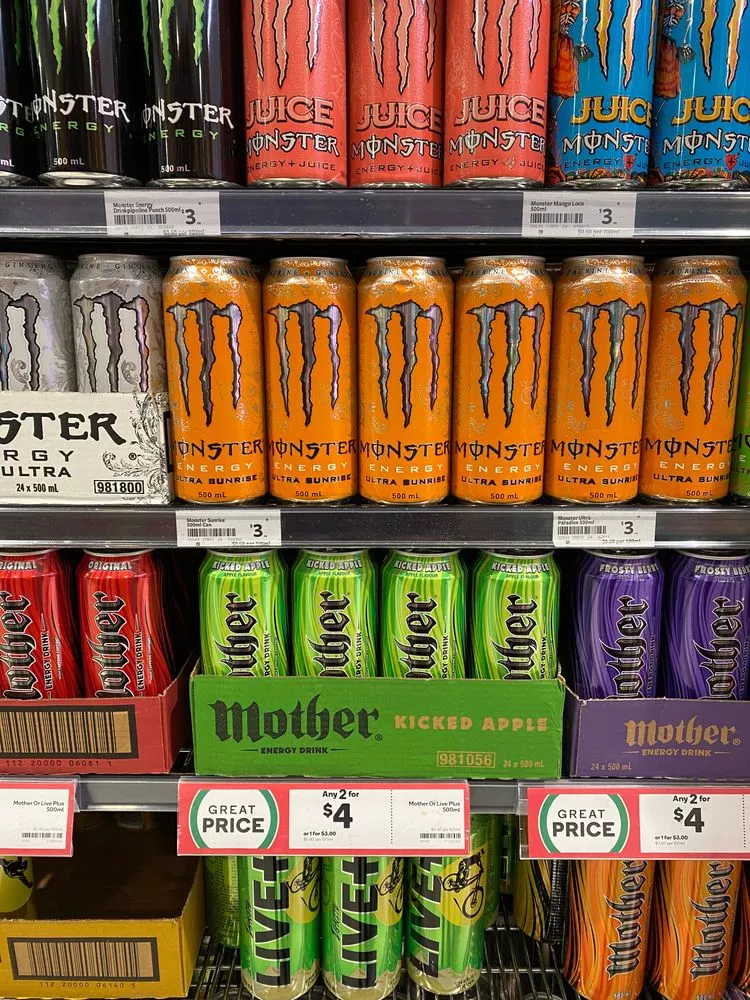
Aluminum cans for beverages offer protection against light, moisture, and oxygen, ensuring the product’s freshness. For food packaging materials, foil pouches made from aluminum are typically used for snacks or coffee.
Savoring Success: Package Your Food and Beverages Right
From eye-catching designs to strategic selection of sustainable materials, choosing the best packaging material for food and beverage products is no longer merely about how to store products for consumption.
The right packaging also helps companies establish their brand and values. Remember, your choice of packaging material is an opportunity to convey your brand’s commitment to excellence. Whether it’s the earthy charm of biodegradable packaging or the sleek allure of more premium materials, each material tells a unique story.
Elevate your food and beverage packaging to new heights. Consider partnering with a reliable, sustainable packaging manufacturer such as Meyers. Talk to the packaging experts at Meyers about how to elevate your brand through cutting-edge custom folding carton packaging solutions. Start crafting packaging that preserves the essence of your culinary and refreshing creations, leaving an indelible mark on the hearts of your consumers.

